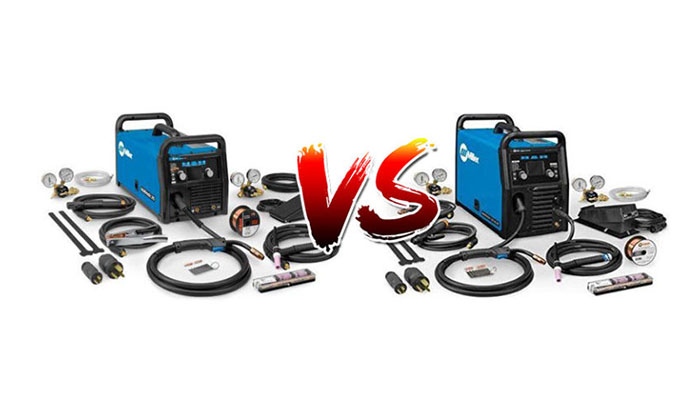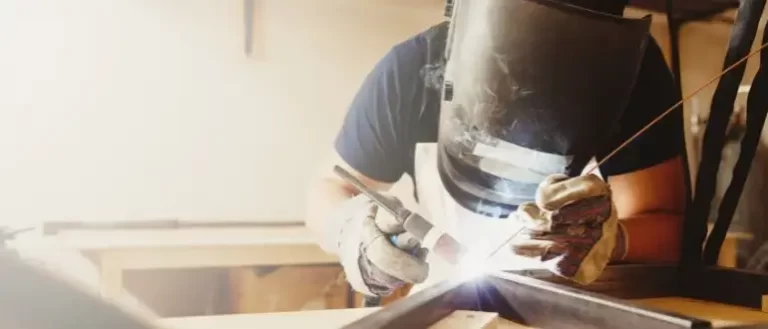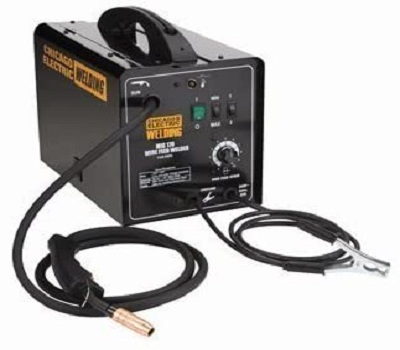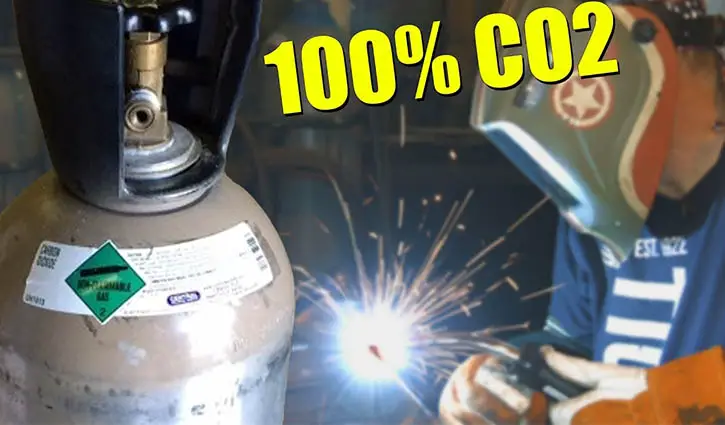5G vs 6G Welding Position: Similarities And Differences
5G and 6G welding are the two welding positions of groove welding and are mostly used for pipeline welding. These two are the most complex welding positions and only certified welders are allowed to perform 5G and 6G welding.
As both 5G and 6G welding positions are used for almost similar kinds of applications, people often get curious to know their differences and similarities. Hence, “5G vs 6G Welding” has become a burning question.
Well, to get detailed knowledge about the 5G vs 6G welding position, please check the full article.
First, let’s take a look at the comparison between 5G and 6G welding positions.
Table of Contents
Comparison table on 5G vs 6G welding position
| Topic | 5G | 6G |
| Position | Horizontal | 45º inclined |
| Difficulty | Less | More |
| Application | Heavy pipeline | Welder certification test |
Read More: Basic Welding Positions: Definition And Features Of These Welding Positions
5G welding position
In the 5G welding position, 5 indicates the position number, and “G” stands for groove welding. In this position, the pipe remains fixed horizontally and the welder needs to move to perform welding. The 5G welding position includes flat, vertical, and overhead welding.
6G welding position
The 6G welding position is considered the most complex welding position in groove welding. In the 6G welding position, both pipes are inclined at 45º and kept fixed. The welder rotates around the pipe to perform welding. The 6G welding position is mainly used as a test for the welders to be certified.
Similarities between 5G vs 6G Welding
5G and 6G are considered the two most difficult welding positions of groove welding. Although 5G and 6G are two quite different from each other, they have a lot in common. Let’s go through some of their similarities.
Fixed welding object
5G and 6G welding positions are mainly used to perform welding on large-diameter heavy pipelines. As this type of pipe is not easy to rotate, they are kept fixed in their position and the welder needs to move around the pipeline to weld.
Difficulty
Welding in the 5G and 6G position is quite difficult and requires extreme welding skills. As the welding remains fixed, it involves flat, vertical, and overhead welding. Vertical and overhead welding is exceedingly difficult as the molten weld pool tends to move downward due to gravity.
Both of the welding positions are very difficult to perform. But 6G is a little bit more difficult than 5G as welding on inclined objects involves more complexity than on horizontal objects.
Read More: Stick Welding Problems And Solutions: How To Fix The Common Problems?
What is the difference between 5G and 6G welding?
To get a clear overview of the 5G vs 6G welding position, let’s look at the differences between them.
Position
5G- In the 5G welding position, the welding objects are kept horizontally fixed and the welder needs to change his position to complete his job.
6G- In the 6G welding position, the pipes to be welded are kept 45º inclined with a horizontal or vertical axis. The pipes remain fixed in this position too. This one is the most critical welding position of groove welding.
Application
5G- 5G welding position is applied where the pipeline is not possible to rotate. Welding is often done in the 5G position to weld large-diameter, long and heavy pipelines like oil and gas pipelines.
6G- This position is mainly used as a skill test for welders. The welders need to perform welding in the 6G position to be certified. In real-life applications, this position is hardly used.
What is the difference between 6G and 6GR welding?
Like 6G, 6GR is also a welding certification test. The “R” in 6GR indicates a restriction. The main difference between 6G and 6GR is- a restriction ring is provided in the 6GR position at a maximum distance of 12.7mm from the welding circumferential.
In the 6G welding position, the wall thickness of the coupon pipes is the same but in 6GR, pipes of different wall thicknesses are provided to weld. So, 6GR is more critical welding and requires additional skills than 6G.
FAQs
When groove welding is done on fixed horizontal structures (mainly pipelines), then it is called a 5G welding position. Welding on fixed 45º inclined critical structures is known as a 6G welding position.
Verdict
5G and 6G are the two welding positions of groove welding. Groove welding is mainly done in the 5G position to weld heavy pipelines like oil and gas pipelines. The 6G position is typically a welding certification test. Only extremely skillful welders are able to perform this type of welding.






